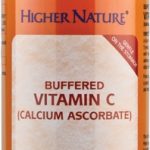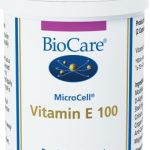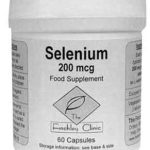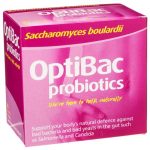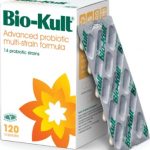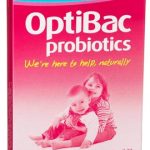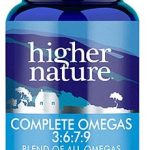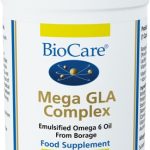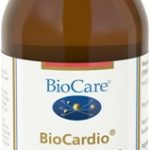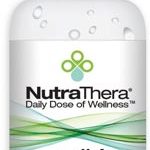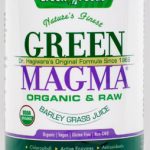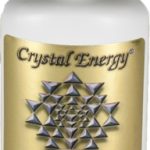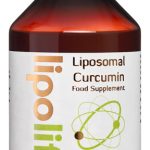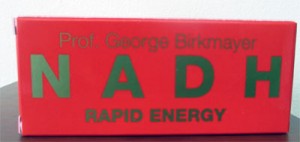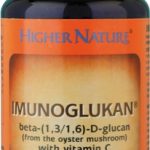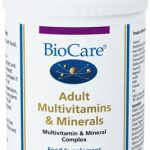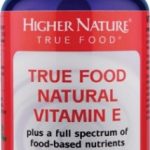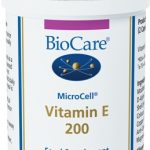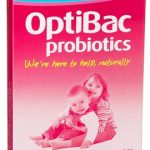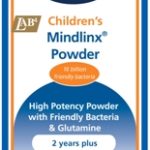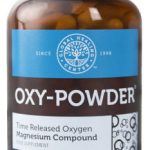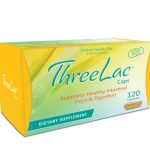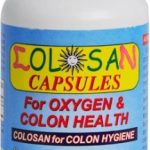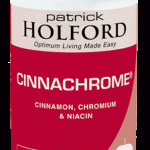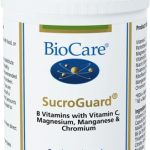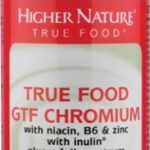 NADH is one of those natural products I have regarded as ‘special’ ever since I saw it produce remarkable effects for my father in his later years. It has a valid and rightful place in all of the following categories of the web site…
NADH is one of those natural products I have regarded as ‘special’ ever since I saw it produce remarkable effects for my father in his later years. It has a valid and rightful place in all of the following categories of the web site…
- Adrenal Support
- Anti-Ageing
- Antioxidants
- Energy Boosters
- General Health
- Heart Health
- Immune Health
- Memory Maintenance
- Mood Support
- Sexual Health and Libido
- Sports Performance
So what exactly is NADH?
To answer this, I shall quote from Professor George Birkmayer, who is the world expert on the subject.
The most promising natural substance in our body is NADH, which stands for nicotinamide adenine dinucleotide hydride. NADH is the biological form of hydrogen. It reacts with the oxygen present in every living cell, thus producing energy and water. The more NADH a cell has available, the more energy it can produce, the better it functions, and the longer the cell (and the entire organism) lives.
Is it possible to increase the amount of NADH in the cell by adding NADH from outside? The answer is: yes. This implies that we can increase the energy level in our cells. Due to this, the cells can produce more of all the components essential for life, and thus they will function better and live longer. This is feasible by supplementation with NADH in order to boost the hydrogen taken up by the human body.
The amount of NADH a cell contains depends on the amount of energy it requires. The heart and the brain need the most energy of all our organs. Hence, these organs benefit the most from an external supply of NADH. All other organs, particularly the lungs, the liver, and the kidneys, also get more energy from NADH and function better. The biological hydrogen is the fuel for cellular energy production, and nutritional supplementation can provide our body with more NADH.
It’s one of those products that supports almost every system of the body, and here are a couple of customer reviews on it
I started using NADH 2 weeks ago and can honestly say, I have seen a remarkable improvement in my energy levels, since suffering from chronic fatigue for several years. I have extra energy to accomplish more tasks, I no longer have a foggy head, I am more alert, my nervous system seems much calmer and I am much more relaxed. I have tried numerous products for an improved level of energy, but nothing has given instant results as NADH. In fact nothing has ever made a noticeable difference. For my it has been a God Send and I highly recommend it to anyone requiring a greater level of energy. It is quite expensive but well worth the money.
I have found NADH very useful for people with hypoadrenia and Addison’s disease, I have seen energy, mental focus and sleep all improve. Clients suffering from Fibromyalgia and CFS all note significant changes in energy after a few days of NADH on a dose of 2 a day, then typically 1 per day for long term usage.
With Parkinson’s Disease, ET (Essential Tremor), Dystonia and SPS (stiff person syndrome, often misdiagnosed as Parkinson’s disease) we have never seen notable improvements within 1 month on a dose of 2 daily. This is NOT a complete cure, but we see around 40-50% improvement in symptoms very quickly. We use NADH along other products which seem to provide further improvements – one being Finchley Clinic’s Megahydrate. We usually see results within about 7 days on a dose of 2 tablets per day.
We also find NADH of great benefit, when given to anyone having anyone taking any type of toxic chemical therapies (i.e.. many conventional treatments for terminal illness). Typically we find NADH is capable of minimising some of the negative side effects experienced by people on those therapies – such as chronic fatigue,
Healing goes where energy flows, if there is poor levels of energy there is poor levels of health and low levels of healing. NADH is RAPID ENERGY. As a major building block of cellular life, I have found NADH invaluable when energy for healing is required in a body that is deficient of energy. We find that we cannot get rid of any long term serious problem without raising life force energy in the body.
Some of our younger clients use it when partying all night as their NOW PREFERRED STIMULANT. – NOT that I recommend NADH it for that.
I have also used it in combination with the 12 step programme for clients coming off both alcohol and drug addiction. It takes the edge off the irritability and anxiety caused by the mental obsession as well as helping greatly with the physical addiction.
All people coming off any type of addiction require some form of therapeutic support and guidance, In my experience for those clients receiving the correct therapeutic support high levels of B1 and NADH positive outcomes are far more frequently observed.
I explain to my clients Healing goes ONLY where Energy Flows, No Energy = No healing and NADH is the best source of supplemental Energy I have found so far.
Unfortunately NADH, even sold by us with what I can assure everyone is a very ethical margin, is rather pricey. True, there are cheaper NADH products available if you want to use worthless “NADH” products that don’t work. However we think that the official Professor Birkmayer product, is pretty much the only one that actually works. But now for some good news. We currently have 100 boxes with a short expiry date of End of April 2017, with 33% off, which we agreed to take off the manufacturer’s hands. Please note we also have full expiry date stock available at the regular price for those who prefer that. But it also goes without saying that goods marked as expiring on 30th April 2017 (for regulatory reasons, they have to be given an expiry date) do not suddenly become ineffective from midnight on May 1st 2017.
Click here for more information and to purchase full expiry date product at the regular price
Click here for more information and to purchase the short expiry date stock with 33% off (maximum 6 boxes per household at the present time).
Please note carefully, that NADH Rapid Energy is a SUBLINGUAL product, meaning you put it under your tongue and let it dissolve, which gets the NADH directly into your bloodstream. If you just swallow it, it won’t work.
Is there anything that helps NADH work better still?
Yes. According to Professor Birkmayer NADH (CoEnzyme1), can be enhanced by also taking CoEnzyme Q10. We usually around 100-200mg per day for every 20-40mg (1-2 tablets) of NADH.
Secondly, according to Dr John Gray (famed as the writer of “Men Are From Mars, Women Are From Venus”), NADH creates an increased need for the amino acid Tyrosine (the main ingredients of our products Drive! or Thyroid Support Formula). He claims that taking tyrosine with NADH increased the effectives of NADH. We have not tested this claim, but neither do we dismiss it.
Dr Gray also claims that tyrosine is then ideally balanced with the amino acid tryptophan, which we recommend as Serotone. Again we have not tested this hypothesis, but equally we do not dismiss it.
Wishing Good Health to All
 Mark G. Lester
Mark G. Lester
Director – The Finchley Clinic Ltd

